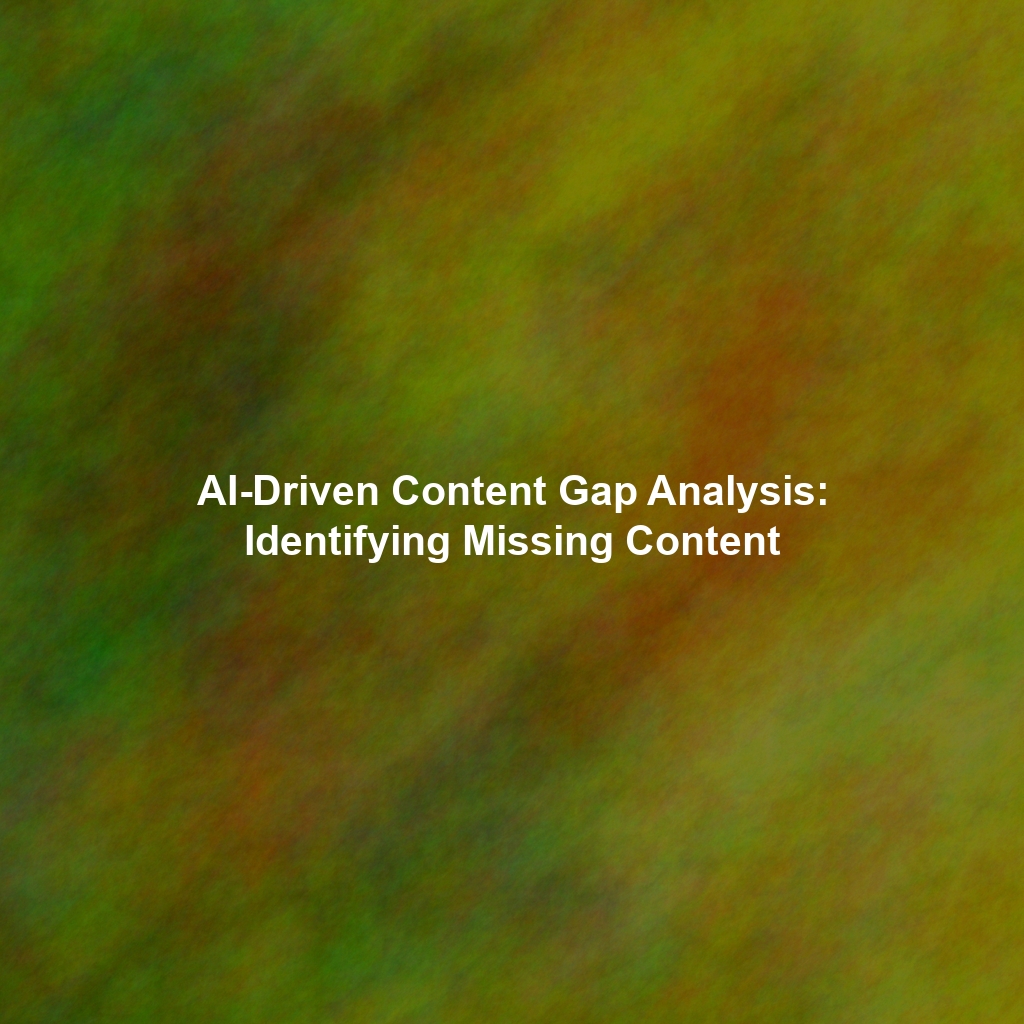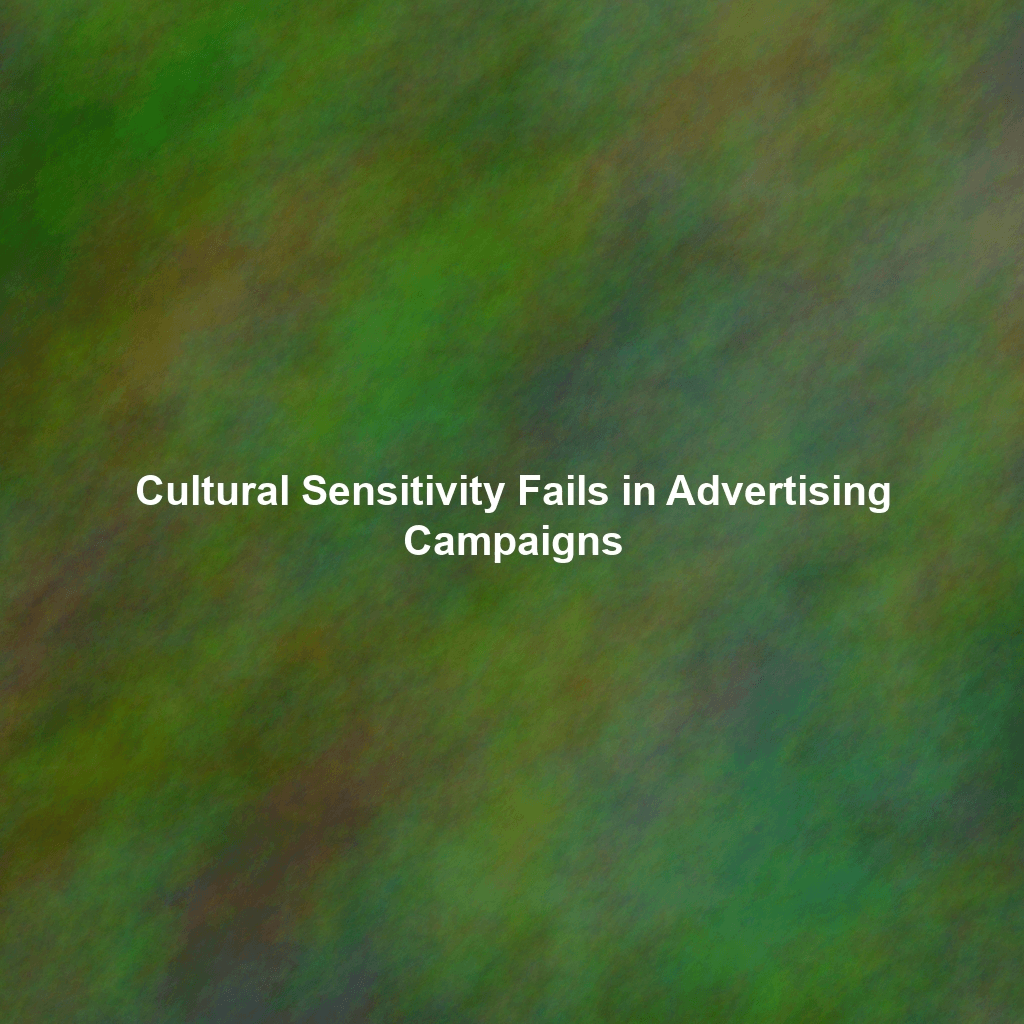The Siren Song of Spray and Pray: Why Untargeted Advertising Fails
In the vast and ever-evolving landscape of marketing, it’s tempting to believe that casting a wide net is the best way to reel in potential customers. The allure of reaching as many people as possible, regardless of their interests or needs, can be strong. This approach, often referred to as “untargeted advertising” or the “spray and pray” method, might seem like a quick fix, but it’s often a costly and ineffective strategy that can quickly drain your marketing budget without yielding significant returns. In short, it’s one of the silliest marketing mishaps a business can make.
The Illusion of Reach
The core appeal of untargeted advertising lies in its promise of broad reach. The thought is that if you expose your message to a large enough audience, you’re bound to find some potential customers. However, this overlooks a fundamental truth: reach alone is meaningless without relevance. Bombarding people with advertisements they have no interest in is akin to shouting into a crowded room – you might get noticed, but you’re unlikely to be heard.
Imagine advertising a specialized software for dentists on national television during a football game. While millions of people will see the ad, the vast majority are not dentists and have absolutely no use for the product. The wasted impressions are astronomical, and the actual return on investment (ROI) is likely to be abysmal.
The High Cost of Irrelevance
The pitfalls of untargeted advertising extend far beyond simple inefficiency. They represent a significant drain on resources and can negatively impact your brand in several ways:
- Wasted Budget: This is the most obvious consequence. Every impression delivered to someone outside your target audience is essentially money thrown away. You’re paying for exposure that yields no tangible benefit.
- Low Conversion Rates: Because the message isn’t resonating with the audience, conversion rates are typically extremely low. You might get a few clicks or views, but turning those into actual sales or leads becomes a monumental challenge.
- Brand Dilution: Repeatedly exposing your brand to uninterested individuals can dilute your message and reduce its impact. People may start to associate your brand with irrelevant content or even become annoyed by your advertising efforts.
- Missed Opportunities: By focusing on a broad, untargeted approach, you’re diverting resources away from more effective strategies that could yield significantly better results. You’re essentially missing out on opportunities to connect with your ideal customers.
- Negative Brand Perception: Imagine receiving constant advertisements for something you have no interest in. It quickly becomes irritating. Untargeted advertising can annoy potential customers, leading to a negative perception of your brand.
The Myth of “Just Getting the Name Out There”
One common justification for untargeted advertising is the idea of simply “getting the name out there.” While brand awareness is important, it’s not enough. Awareness without relevance is fleeting and ultimately ineffective. People might remember your brand name, but they’re unlikely to associate it with their needs or desires if they’re not part of your target audience. True brand building comes from creating meaningful connections with the right people.
The Power of Precision: Targeted Advertising Strategies
The alternative to untargeted advertising is, of course, targeted advertising. This involves focusing your efforts on reaching a specific group of people who are most likely to be interested in your products or services. This approach is far more efficient, cost-effective, and ultimately, more successful.
Understanding Your Target Audience
The first step in any successful targeted advertising campaign is to thoroughly understand your target audience. This involves identifying their demographics, interests, behaviors, and pain points. The more you know about your ideal customers, the better you can tailor your message and choose the right channels to reach them.
Consider these factors when defining your target audience:
- Demographics: Age, gender, location, income, education, occupation, marital status, etc.
- Psychographics: Values, attitudes, lifestyles, interests, opinions, and activities.
- Behavioral Data: Purchasing habits, online behavior, website visits, social media engagement, etc.
- Pain Points: What problems are they trying to solve? What challenges are they facing?
Leveraging Data and Technology
Fortunately, we live in an age where data and technology make targeted advertising more accessible and effective than ever before. Various tools and platforms can help you reach your ideal customers with precision.
- Social Media Advertising: Platforms like Facebook, Instagram, and LinkedIn offer sophisticated targeting options that allow you to reach users based on demographics, interests, behaviors, and more.
- Search Engine Marketing (SEM): Platforms like Google Ads allow you to target users who are actively searching for specific keywords related to your products or services.
- Email Marketing: Segmenting your email list based on demographics, interests, and past behavior allows you to send targeted messages that resonate with each subscriber.
- Programmatic Advertising: This uses algorithms to automate the buying and selling of ad space, allowing you to target specific audiences across a network of websites and apps.
- Customer Relationship Management (CRM) Systems: These systems allow you to collect and analyze customer data, providing valuable insights into their needs and preferences. This data can then be used to personalize your marketing efforts.
Crafting a Relevant Message
Once you’ve identified your target audience and chosen the right channels, the next step is to craft a message that resonates with them. This means speaking their language, addressing their pain points, and highlighting the benefits of your products or services in a way that is relevant and compelling.
Avoid generic marketing jargon and focus on creating a message that is clear, concise, and personalized. Show your audience that you understand their needs and that you have a solution to their problems.
A/B Testing and Optimization
Targeted advertising is not a one-size-fits-all solution. It requires ongoing testing and optimization to ensure that your campaigns are performing at their best. A/B testing allows you to experiment with different ad variations, targeting options, and messaging to see what works best for your audience. By continuously monitoring your results and making adjustments as needed, you can maximize your ROI and achieve your marketing goals.
Examples of Targeted Advertising Success
The benefits of targeted advertising are evident in countless success stories. Here are just a few examples:
- A local bakery targeting nearby residents with ads for fresh pastries and coffee, resulting in a significant increase in foot traffic during the morning hours.
- An online retailer using retargeting ads to show users products they previously viewed on their website, leading to a higher conversion rate and increased sales.
- A B2B software company targeting professionals in specific industries with personalized demos and case studies, resulting in a higher quality lead generation.
The Final Verdict: Stop Wasting Money on Untargeted Advertising
In today’s competitive marketing landscape, untargeted advertising is a luxury that most businesses simply cannot afford. It’s a wasteful and ineffective strategy that can drain your budget, dilute your brand, and miss out on valuable opportunities. By embracing targeted advertising strategies and focusing on reaching the right people with the right message, you can maximize your ROI, build stronger relationships with your customers, and ultimately achieve your marketing goals. Ditch the “spray and pray” approach and embrace the power of precision.
 Skip to content
Skip to content

